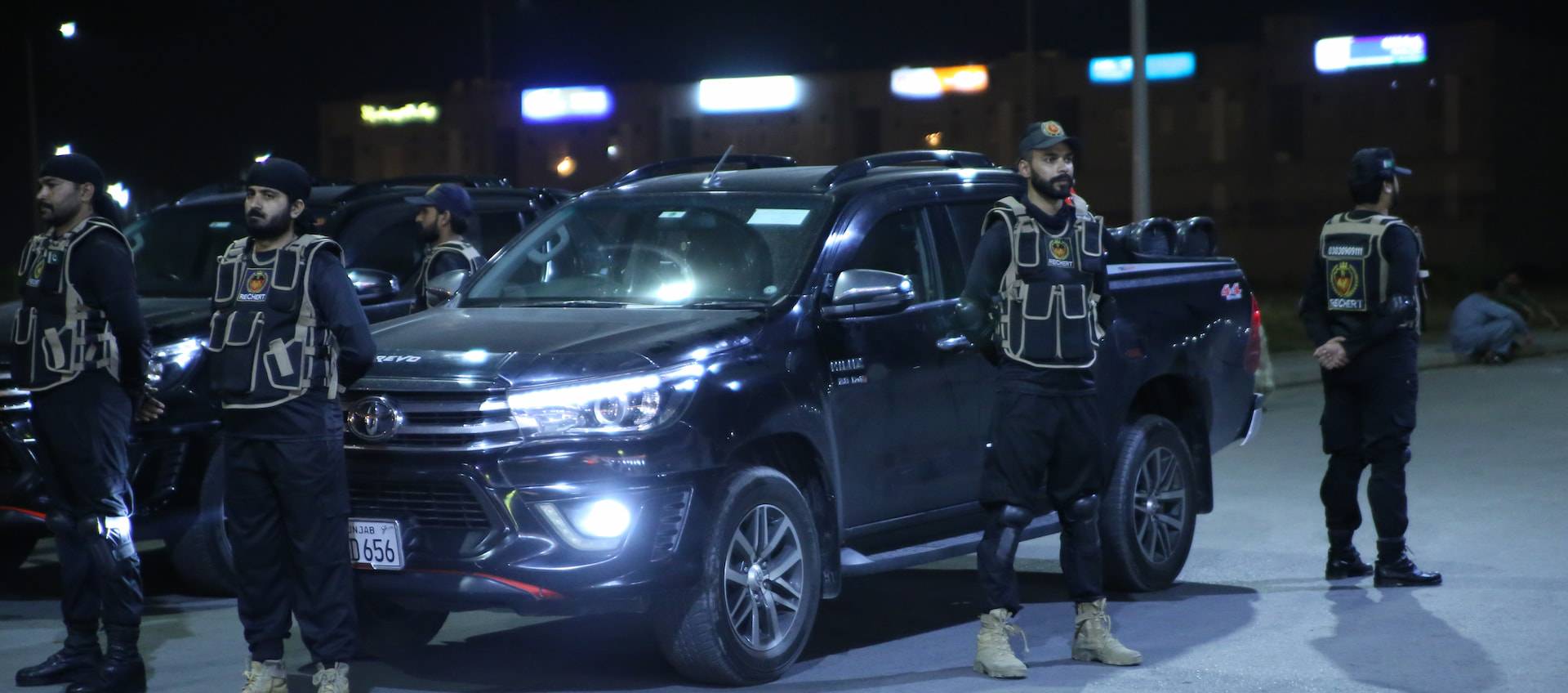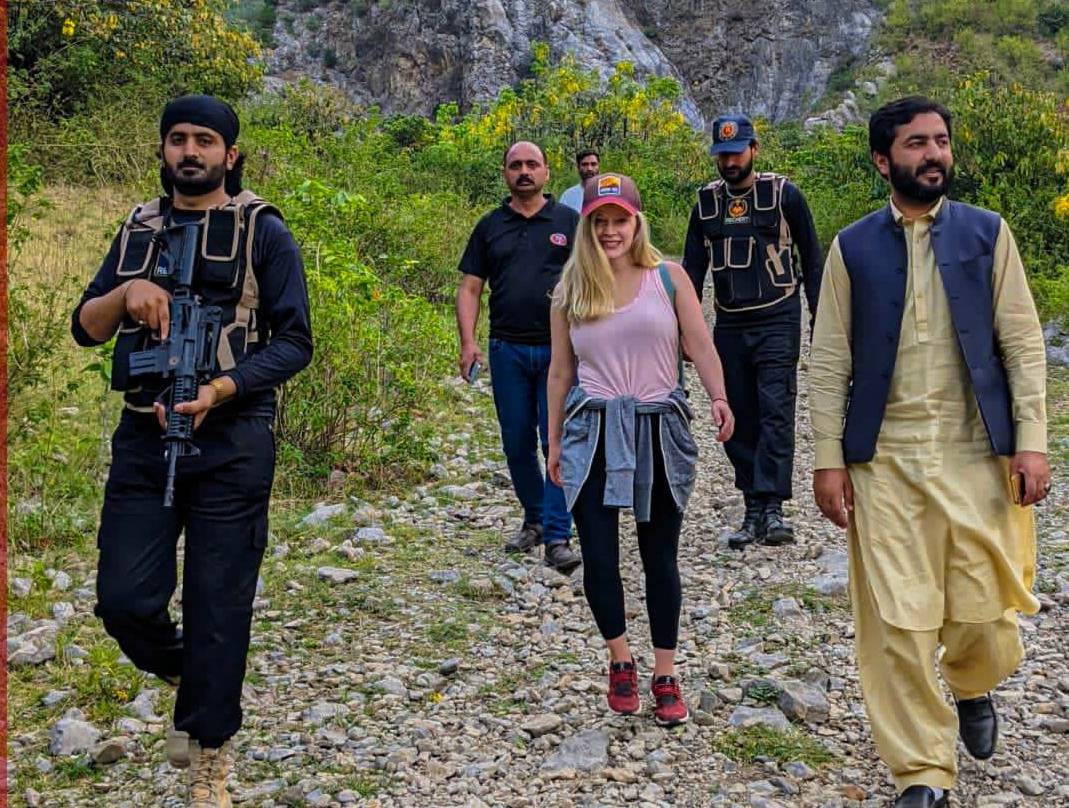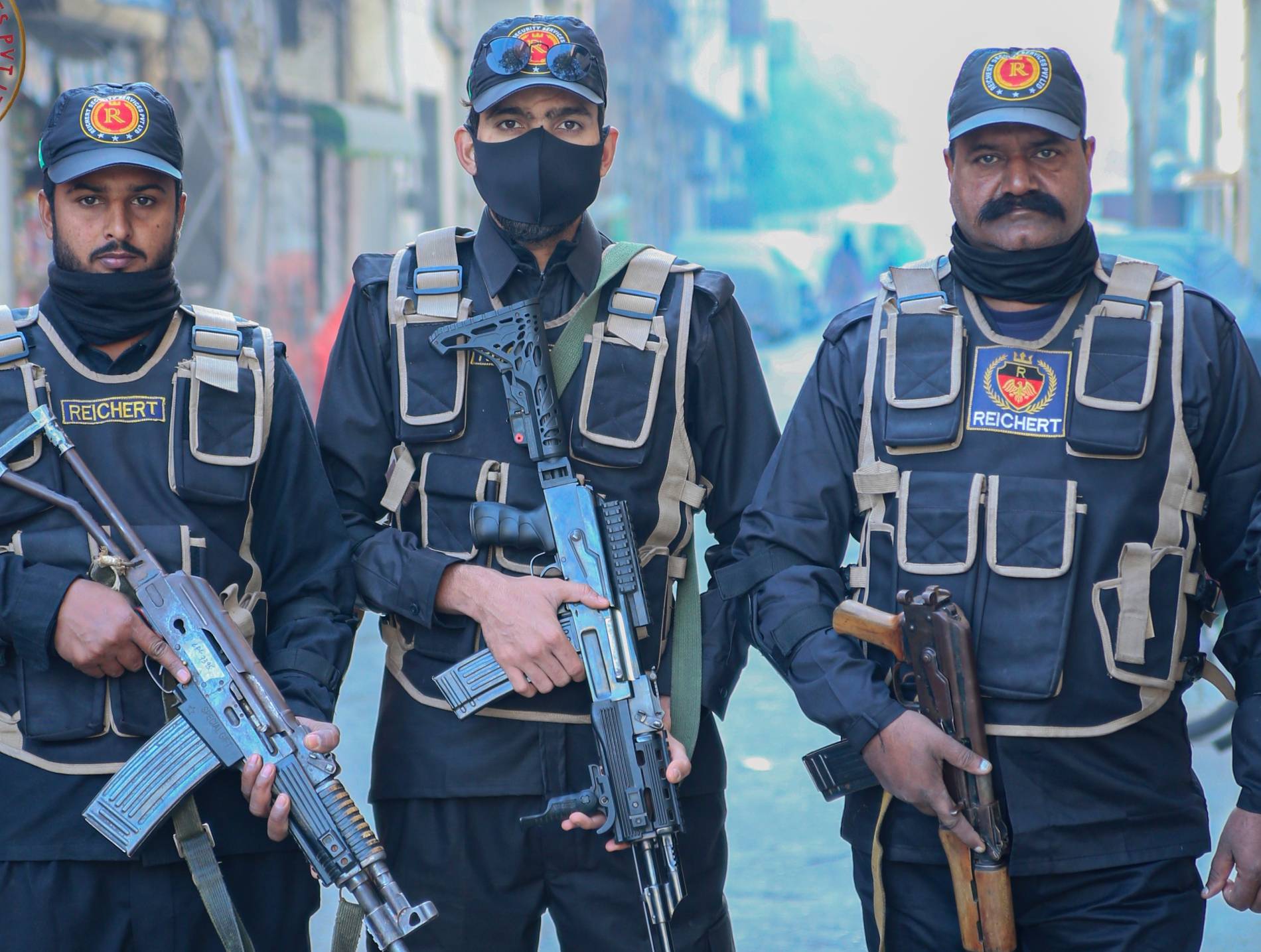Yemen Country Report
Yemen is located at the southern end of the Arabian Peninsula and is bordered by Oman to the east and Saudi Arabia to the north. The Gulf of Aden and the Arabian Sea form the southern coastline of Yemen, and the country is bounded by the Red Sea in the west. The strategic Bab al-Mandeb strait in the Red Sea is the only strait that separates Yemen from Djibouti and Eritrea on the east coast of Africa.
Until 1990, the Republic of Yemen was divided into North Yemen (Republic of North Yemen), whose capital is Sana’a, and South Yemen (Democratic Republic of Yemen), which rules from Aden. A brief civil war broke out in 1994, but it ended when Northern forces captured the port city of Aden within six weeks. Modernization is slow. The escalation of Yemen’s economic problems and the government’s efforts to maintain control of the country from other armed groups, including the Shia Houthi rebels and Al-Qaeda in the Arabian Peninsula (AQAP), continue to affect Yemen.
Yemen is facing serious security challenges. Government control is limited throughout the country, and the northern and central regions are controlled by the Houthis. The government also lacks authority in Yemen’s southern provinces, and tensions with pro-southern separatist groups continue. The current conflict, which has been ongoing since 2015, has caused heavy casualties among the military and civilians and has deepened territorial, political, tribal, and ideological divisions. While there are periodic attempts to impose a ceasefire or a political solution to the conflict, armed conflicts continue. The Houthis are countering the intervention of the coalition led by Saudi Arabia by intensifying missile and drone attacks against Saudi Arabia and the UAE. The Houthis also regularly launch water-improvised explosive devices (WBIEDs) against ships in the Red Sea.
Although a cease-fire signed in April 2022 is largely in place, reports of fighting continue on the front lines, posing a greater threat to civilians. Even in the southern and eastern provinces where there is no major conflict, a large number of internal and external actors complicate the local security environment. The continued conflict between Yemeni government forces and pro-southern forces associated with the Southern Transitional Council (STC) in the provinces of Aden, Abin, Lahij, and Shabwa undermines the peace process and threatens sub-conflicts in the south. The Riyadh agreement led by Saudi Arabia and its implementation in the short term will determine the security environment of Aden and the south.
Yemen is facing a serious threat of terrorism. Al-Qaeda in the Arabian Peninsula (AQAP) and the Islamic State of Yemen (IS-Y) are present in the southern and central regions of this country. Although its capabilities have been reduced since 2016 by a major counter-terrorism operation, there are fears that it will regain influence amid the protracted conflict and instability in the south. Security forces, government officials, military installations, and places of worship are often targeted. More attacks occur in areas where militias have a strong presence and capabilities. Political and economic issues continue to cause social unrest. Demonstrations can turn violent, with demonstrators attacking police and blocking roads with burning tires and rocks. Criminal threats such as armed robbery and car theft are serious concerns. Weapons are readily available and reflect a culture of weaponry among young Yemeni men. There is a risk of kidnapping by terrorist organizations, local militias, armed tribes, and criminal gangs. Protests often take place over local, national, or socio-economic grievances. Car theft is a threat to land travel, especially at night. Foreigners have been targeted before. Hospitals and emergency medical services do not meet Western standards and access to facilities is limited. Ongoing conflicts have resulted in severe shortages of fuel, food, water, and medicine.
Last updated: June 12, 2023
Security
The conflict in the country has been ongoing since 2015 between the Houthi rebels and the internationally recognized government backed by the Saudi-led coalition. The Houthis’ territory has shrunk after being forced out of the south, including Aden, but the group still controls significant areas. The withdrawal of the Houthis from these areas has led to the creation of new fronts such as Ab, Adli, and Taiz, which contribute to the deterioration of the humanitarian situation. The Houthis participate in peace talks but have violated many agreements between rival factions and refused to make concessions or stop hostilities. The ongoing conflict over Hodeidah, a key western port through which 70 percent of the country’s food and aid is shipped, has worsened the country’s humanitarian crisis. The Houthis have responded to the Saudi-led coalition attack in Hodeidah by increasing missile and drone attacks on Saudi Arabia, attacking coalition-flagged ships in the Red Sea, and threatening further retaliatory operations. The increase in drone and missile capabilities has increased the risk of targeted attacks inside Yemen. Terrorism is also a pervasive threat. AQAP once controlled large swaths of the country and carried out high-profile attacks, and although its capabilities have diminished, it still has a presence in the central and southern regions. The Islamic State of Yemen (IS-Y) is also present in some areas of the south, but their numbers are much smaller. In August 2019, clashes between southern supporters and government forces took place in Aden, Abyan, Lahij, and Shabwa, which threatened to turn into a conflict within the conflict.
The issue of southern separatism, which is pending as part of Riyadh’s Saudi-led agreements to reduce tensions, could have serious implications for the security environment in certain regions. The mobilization of local forces trained in Saudi Arabia and the UAE to combat the threat from the Houthis and other extremist groups has improved security across the southern and southeastern provinces. Travelers who do not use the highest levels of personal security protection face significant risks from criminal activity such as car theft, kidnapping, and theft. Most business travelers use heavy security protection. Political protests and violent demonstrations suddenly started in Sana’a, Aden, and other towns and cities in the region. Protests can escalate quickly and point to local grievances, lack of public services, and socio-economic grievances. They have also been killed due to conflicts and security repressions. Tribal protests in areas controlled by the Houthis are often resolved with violence. Firearms culture increases security threats. Kidnapping and targeted assassinations are also a concern.
Last updated: January 17, 2023
Infrastructure
Many of Yemen’s infrastructures have been severely damaged as a result of ongoing conflicts inside Yemen. Conflicts have led to shortages of fuel, electricity, gas, water, and other utilities.
Air travel poses major safety concerns. Saudi-led forces control Yemeni airspace.
The country’s road network is of low quality, with little investment, a small proportion of paved roads, and safety concerns on cross-border routes. The main routes between cities such as Taiz were destroyed by the conflict.
Ports are ineffective due to constant conflicts.
Last updated: June 12, 2023
Environment
Yemen has a subtropical dry, hot desert climate with low annual rainfall and very high temperatures in summer. Heavy rains occur occasionally and can result in flooding and disrupt overland travel. Sandstorms can affect visibility and trigger health problems. Yemen is vulnerable to earthquakes, especially along the Gulf of Aden and the Red Sea. There are landmine contamination and unexploded ordnance (UXO) issues caused by various conflicts. Fatal explosions have been reported.
Last update: March 17, 2022
Health and Medical
Yemen’s health services have been severely weakened by the ongoing civil war and the global coronavirus disease (COVID-19) pandemic that has also affected the country. Medical care available is very limited. In the event of a medical emergency, you must be evacuated to a destination with appropriate facilities. Pharmacies are very limited and may be very basic or unavailable in remote areas. In recent years, large-scale cholera epidemics have occurred across the country, widely believed to be the result of ongoing conflict, and malnutrition is widespread. Dengue and malaria cases have also increased significantly, with 250,000 malaria cases reported in the first six months of 2020. Tap water is not safe to drink.
Last updated: September 6, 2023
Political
Yemen has endured severe political turmoil for most of its post-independence history, creating a hostile environment for travelers. The central government is extremely weak and is supported by a coalition led by Saudi Arabia. The gap between the central government and the district is aggravated by ongoing conflicts and North-South tensions. Corruption is rampant because of the domestic patronage system. Local laws reflect the fact that Yemen is a Muslim country. In many parts of the country, traditional tribal justice takes precedence over state law. Sanctions include arms embargoes, travel restrictions, asset freezes, and asset bans on individuals designated by the UN Yemen Sanctions Commission.
Last updated: May 17, 2022















